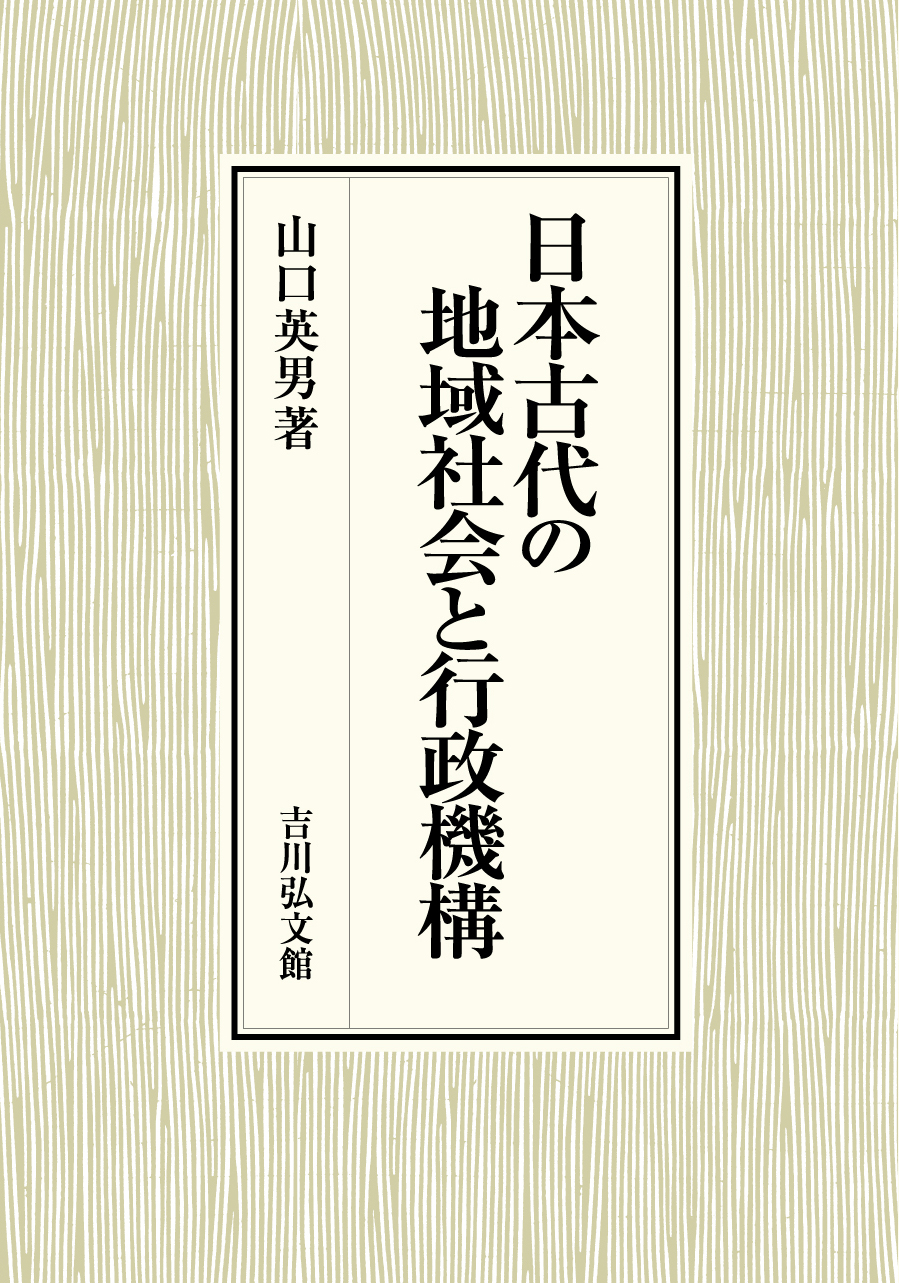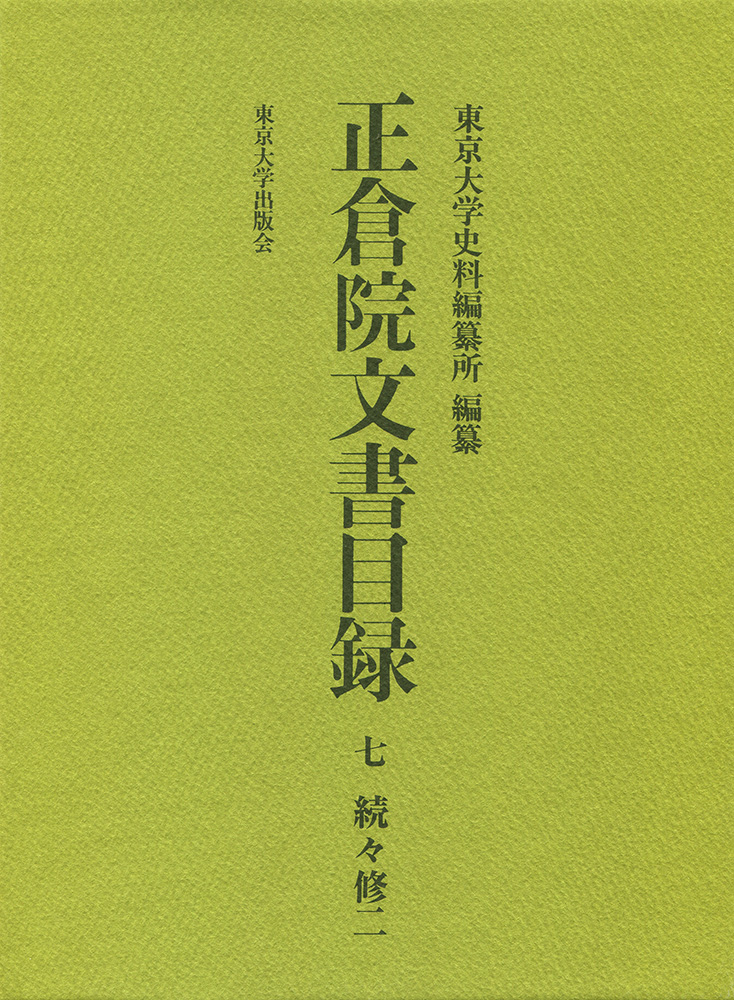
Title
Nihon kodai no Chiikishakai to Gyoseikiko (Regional Society and administrative organization in Ancient Japan)
Size
466 pages, A5 format
Language
Japanese
Released
January 28, 2019
ISBN
9784642046503
Published by
Yoshikawa Kobunkan
Book Info
See Book Availability at Library
Japanese Page
This book brings together articles that I have previously written about four research topics dealing with the relationship between regional society and administrative organizations during the Nara and Heian periods.
Part I deals with district officials from the Nara period to the early Heian period and also with low-level functionaries at provincial headquarters in the middle of the Heian period, and it discusses how local power holders behaved in their capacity as those who were in effect in charge of provincial and district regional administrative organizations and how this was related to historical changes in society and state rule. When appointing district officials, importance was attached to whether or not their ancestors had held this position down through successive generations. By showing that the relative merits of this hereditary succession were ranked in accordance with the number of ancestors who had held the post of district official, I was able to take a step forward in the interpretation of the relevant sources. I also present the view that the administrative organizations of provinces and districts were integrated as a result of local influentials in the form of low-level functionaries at provincial headquarters being put in charge of both provincial and district administration.
Part II deals with pasturages for raising horses, and by turning my attention to those who managed these pasturages in the regions, I discuss the institution of pasturages in ancient times and its actualities in the context of continuities from before the Nara period to the Heian period. This research had its origins in a report I presented at a seminar when I was a graduate student, and it is memorable for me because I had been fortunate enough to discover a new historical source. Among the pasturages of the ancient period, those in the four provinces of Kai, Musashi, Shinano, and Kōzuke are well known, but they were located in other parts of Japan, too. The existence of a pasturage had close bearings on developments in a region’s history. Acquring this research topic has helped to expand my research opportunities down to the present day.
Part III discusses a Nara-period pictorial map showing the temple Nukatadera and its surrounding landholdings and landscape (Nukatadera garan narabi ni jōri zu [national treaure]). Nukatadera was located in Nukatabe in Yamatokōriyama, Nara prefecture, and corresponds to the present-day temple Kakuanji. I began studying this map because in my work at the Historiographical Institute at the University of Tokyo I was involved in editing illustrations and collections of historical sources about pictorial maps of proprietary estates. I present a report on the investigation and restoration of this badly damaged map drawn on hemp cloth and also the results of a basic analysis that will serve as a basis for using the map in research. I also examine how contemporaneous administrative documents were utilized in the Nara period as basic data for preparing this map. In order to read maps from this period one needs to free oneself from ideas about maps that are engrained in the minds of people today, namely, that directions and scale must be accurate and uniform at all points on a map, and this can be an extremely stimulating experience.
Part IV deals with the Shōsōin documents, which have survived down to the present day as a result of having been left abandoned in the Shōsōin repositories because they were no longer needed after having been used for clerical work at the scriptorium of the temple Tōdaiji, which was a government office during the Nara period, and I present some techniques for analyzing them and the results of my analysis. The Shōsōin documents are a vast corpus of historical sources said to number about 10,000 in total, and the preservation of such a large number of original administrative documents more than 1,200 years old is most unusual anywhere in the world. The Historiographical Institute has been investigating these documents for more than 120 years, and I have been involved in these investigations for 35 years. As well as proposing the discipline of “historical documentology” as a method for analyzing the actualities of office work in administrative organizations of the ancient period on the basis of surviving documents and letters, I discuss practical aspects of such analysis.
The joys of elucidating history will vary from person to person. I have felt a desire to explain the actual unfolding of history in as much concrete detail as possible and to understand it as a process of the accumulation of people’s experiences and daily lives. Moreover, the thrill felt when one encounters facts never noticed before by anyone and a new understanding emerges is, I believe, a moment of supreme bliss and true joy for a historian.
(Written by YAMAGUCHI Hideo, Professor, Historiographical Institute / 2020)



 Find a book
Find a book


 eBook
eBook